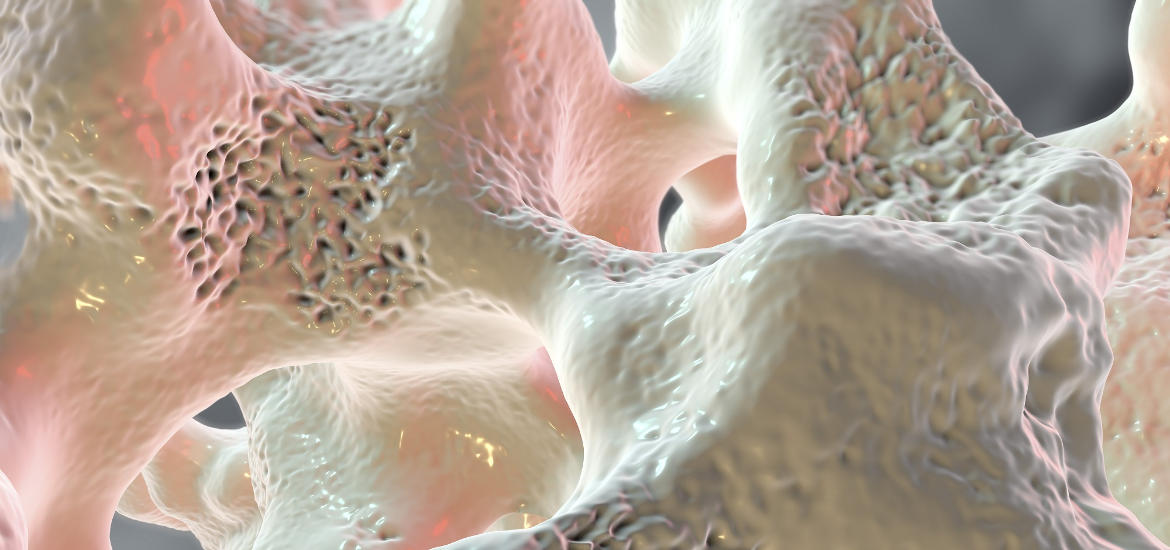
Bone density measurement is a procedure that measures bone mass and density. More specifically, it calculates the amount of calcium and other types of minerals, which are present in bone area. This particular test helps significantly in detecting osteopenia or osteoporosis and predicting the risk of bone fractures. The lower the bone density is, the greater the chance for osteoporosis and future fractures. This examination also measures the patient’s response to treatment for osteoporosis, determining the need to continue or modify the treatment being received.
In osteoporosis, the bones gradually become weaker and thinner. Consequently, the patient is more prone to a bone fracture. Osteoporosis is a silent condition, meaning no symptoms are manifested. Thus, the diagnosis is usually not made until the patient suffers a fracture. The condition occurs more often in people after the age of 50.
Bone density measurement is indicated for any person who may be suffering from a bone disease. In particular, its implementation is recommended to:
- People with a medical history of osteopenia or osteoporosis.
- Women over 65 years old.
- Menopausal women, who are at high risk of suffering or have suffered a fracture.
- Women under the age of 65, who are characterised by an increased risk of fracture, especially if they are underweight.
- People who have been given medication that has the potential to reduce the percentage of bone mass.
- Men aged over 70 years.
- Men under the age of 70, who are characterised by an increased risk of fracture.
- People suffering from a disease associated with low bone mass.
- People with back or low back pain that does decrease.
- People, who experience a height loss of more than 1.3 cm in one year.
The most commonly used and reliable technique for measuring bone mineral density is the DEXA (dual energy x-ray absorptiometry) method. During the examination, a special machine and software is used to accurately measure the mass and density of the bones in the hip and spine area. The percentage of exposure of the examinee to radiation is significantly lower compared to conventional radiography. The examination is very quick and completely painless. The preparation for a bone mineral density measurement includes the pause of calcium supplements consumption for 24 hours before the test and the avoidance of clothing with metal zippers, belts, or buttons. If the examinee has undergone an examination that involves the use of contrast agents, such as barium, he/she needs to wait 7 days before performing the examination. In our clinic, all examinations are carried out under the supervision of qualified radiologist Georgios Daskalogiannakis.
